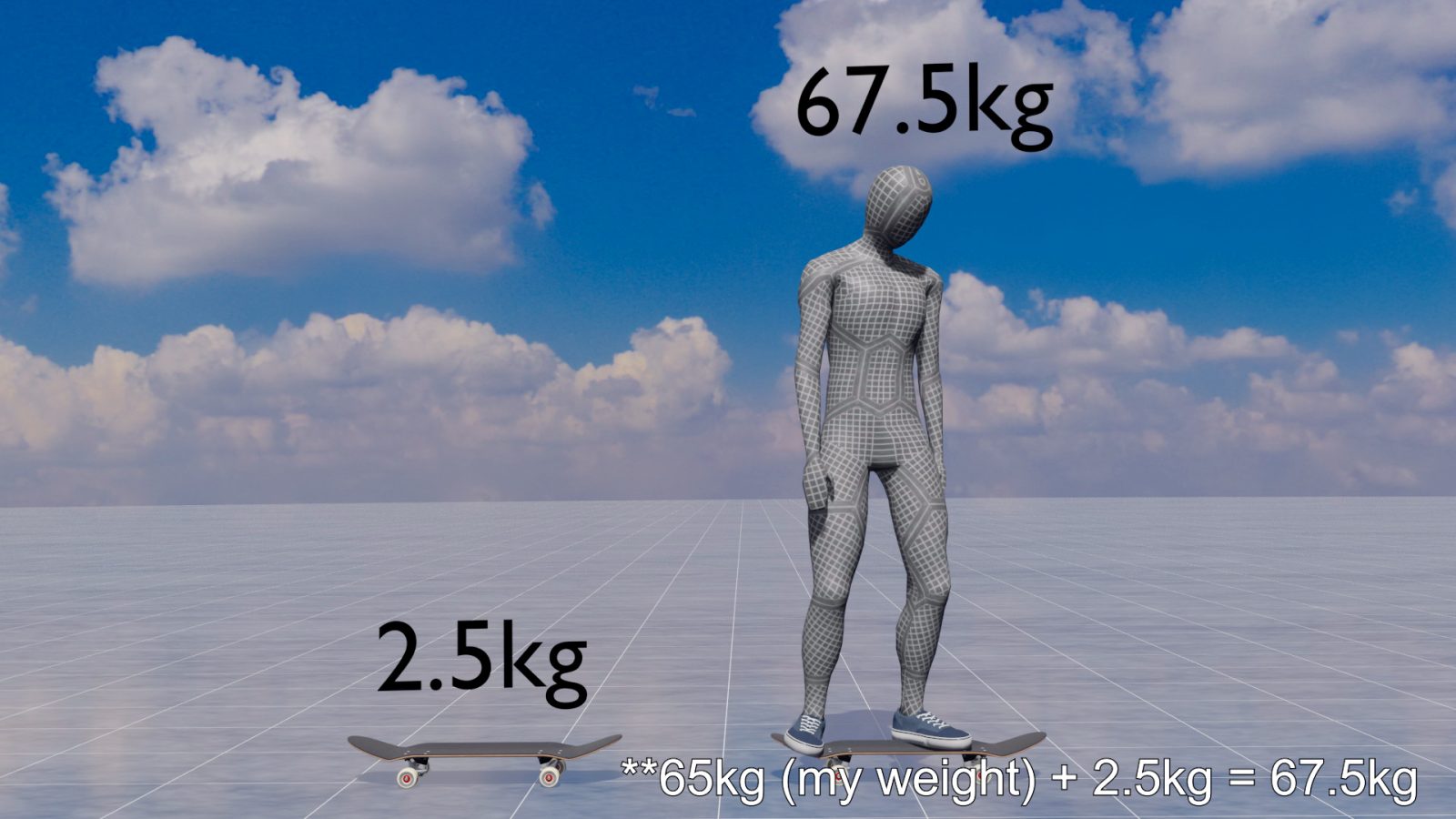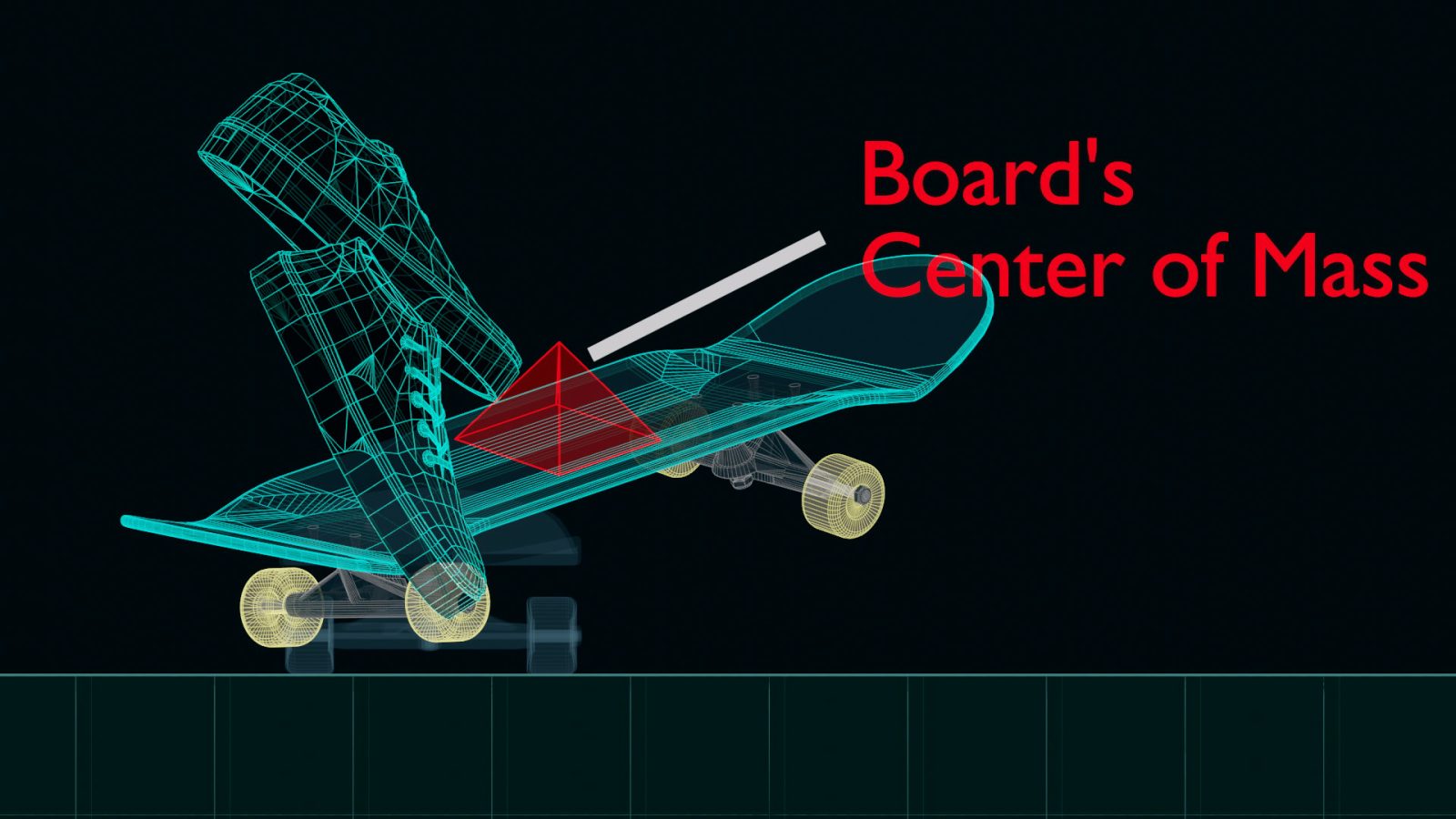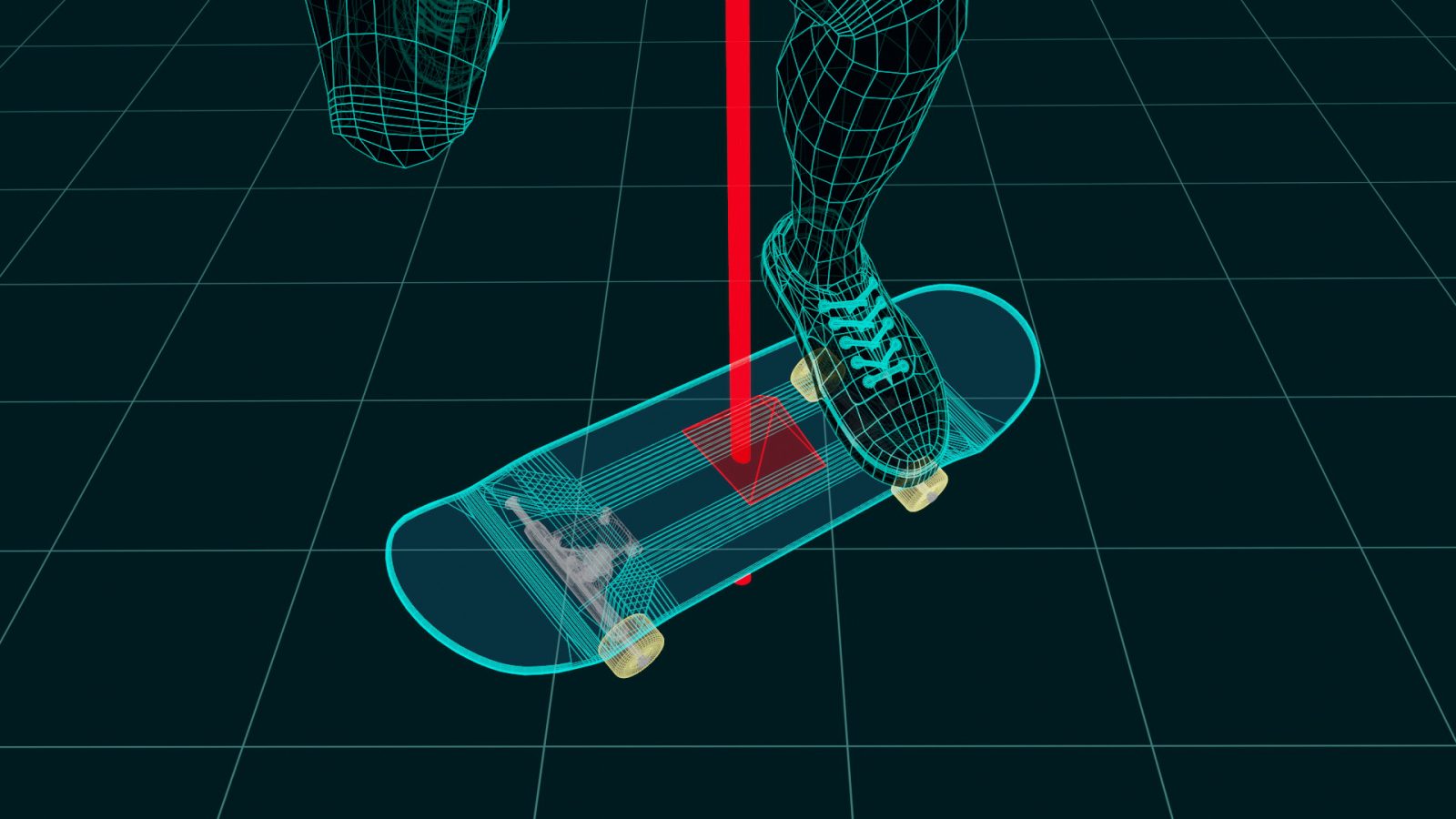They say, "It's all in the back foot" - True, if you want to spin the board. But the moment you get on the board, it either doesn't spin or flies away, and your body may begin to spin, all of which are caused by the same reason: you are not lifting your body. Rather than "spin the board and then jump onto it," focus on "lift your body, and then spin the board." Then, since your body weight no longer presses down the board, you can spin it with the same force as if it were on the ground.
Summary
Why Lifting Your Body Comes Before Spinning the Board
The trick often fails when skaters try to spin the board while their weight still presses it down. By lifting the body first, the board becomes nearly weightless, allowing the back foot to swing it with minimal resistance. Think of it as spinning in zero gravity—lift, then spin.
The Back Foot’s True Role: Horizontal Swing, Not Popping
Many assume the back foot must carry body weight once the front foot leaves the board, but physics says otherwise. The body’s upward momentum continues naturally, meaning the back foot’s primary task is to pull the tail horizontally. This shift keeps the board centered and spinning efficiently.
Common Failures: Why Boards Shoot Away or Bodies Rotate Unexpectedly
Two frequent mistakes ruin Shove-its: popping too hard or mixing lifting the body and spinning the board together. Both cause the board to shoot forward uncontrollably or send the rider into unintended rotation. The key is separating movements—bend the knee, swing gently, and let the board slide under you naturally.
Simulation
Hit the icon in the middle to start a 3D animation.
Premises - No Gravity, Easy Spin
Imagine yourself in a weightless environment. A single swing of your back foot easily sends the board spinning, as there is no weight on the board.
The basic principle is the same when we are standing on the ground. If nothing is pressing down on the board, you can spin it without a problem, as the only thing you have to pay attention to is the weight of the board. By contrast, when your body weight is pressing on the board, you can't spin it easily due to the increased friction with the ground.

The point is when you jump, your body follows a parabolic path through the air, creating a state that's close to zero gravity.
Step-by-step Physics
Lower your body over the front foot and extend your body. The downward pressure from your body is distributed evenly across the wheels. The rebound from the ground lifts your body. Your feet do not need to rise far from the board; as long as the center of gravity is airborne and the weight on the board is reduced, the effect is achieved.
While the back foot also contributes to lifting your body weight to some extent, its primary role is to spin the board. Because the front foot leaves the board first, some people may think they need to use their back foot to lift their body weight. But think about it this way: Any object requires the most energy when it starts moving from a stationary state. When you lift your body from a stationary squat, your body's center of gravity holds a large amount of energy that cannot be stopped suddenly. This energy continues to lift your body for a certain duration of time, so the back foot does not have to bear the body weight. While the body weight is going up, even though your feet are still in contact with the board, you can spin it easily, just like when standing on the ground.

The force the tail receives is primarily horizontal. Still, as the back foot presses it down, it also receives a slight vertical component, causing the board's center of gravity to rise. This upward shift lifts the entire board without the tail making contact with the ground.

Once elevated, the board's center of gravity also serves as its axis of rotation. It spins most efficiently when you apply a force perpendicular to its axis. Bend your knee and pull the tail directly backward, avoiding a downward pop like a Pop Shove-it.

When the rear wheels are still in contact with the ground, the board's center of mass swings out forward. So, you won't be able to land back on it by simply jumping up vertically. By shifting your center of gravity toward the toe side in advance, you can let the board slide under you as it spins.
Common Mistake: When the board shoots away uncontrollably
The hardest part of Shove-its is to keep the board under you. In most cases, this happens because you are mixing the concept of spinning the board and lifting the body. In a previous Ollie tutorial, I used the analogy of a seesaw to explain that by pressing the board with both feet, you can lift your body weight on the rear wheels. The mechanics of a Shove-it are different. Once your body starts to rise, the back foot naturally presses downward as a reaction to your center of gravity moving upward. Instead of popping the tail like an Ollie, focus on bending your back knee. If you pop too hard, the board may shoot out in front of you—or, if you are leaning forward, it might even fly toward your back foot.
Common Mistake: When your body rotates unintentionally
In another example, your body may rotate. Remember: it's "Lift and Swing" separately. Combining the motion of spinning the board and lifting the body altogether generates a spiral downward force, which, in return, pushes your body in the opposite direction.


 Convert your video into 3D
Convert your video into 3D Facebook
Facebook Twitter
Twitter

